The Evolutionary Impact on Dentistry
Impact of Dentistry
While we cannot retrieve data on everything from the skeletal remains of our ancestors, we can easily see the teeth and jaw bones. have shown no evidence of malocclusion or minimal signs of tooth decay. Where did these problems come from? A newer approach to dentistry known as Evolutionary Oral Dentistry or Darwinian Dentistry aims to find that answer.
Before the Industrial Revolution, malocclusion and caries were nearly nonexistent. Malocclusion now affects nearly 95 percent of the population. The rates for malocclusion and dental caries continue to rise in all age groups and in all races. To understand why this is occurring, we need to explore what has changed in our environment during this time. Our ancestors had straight, aligned teeth and solid facial development. Today, our facial development is less developed and results in crowded teeth. Modern medicine may say that genetics play a part; however, there is no evidence to base that theory on.
When sugarcane become widely available, the percentage of the population afflicted by caries (cavities) rose. It did not become epidemic until the late 19th century/early 20th century. As more become available, people are consuming foods high in calories and low in nutrients. This causes a deficiency of the vitamins and nutrients that a person needs for optimal dental health. The results are teeth that develop cavities and may eventually lead to tooth loss.
During the turn of the last century, there were dramatic changes in bone and jaw structure over a period of one to two generations. In the past, our diet mainly consisted of tough, low calorific foods. Today, most people consume softer, high calorific foods. The change in the type of foods we eat has caused us to not use the muscles in our face the way they were designed to be used. It has actually caused the bone structure in our faces to be pulled downward, which results in a narrow palate that leads to malocclusion.
Another contributing factor is allergies. A person who has allergies usually has difficulty breathing. In order to breathe, the person is faced with a choice. Either breathe through the nose and face difficulties while breathing, or drop the tongue and open the mouth. Over time, the person learns that postural position. This causes the muscles in the face to become weak and the face develops narrower and shallower, which leads to malocclusion.
To further show the correlation between our diet and dentistry, let's examine the case of immigrants who move to our country. Normally, these individuals have been on a low calorie diet. After moving to our country, they adopt a western diet, which usually consists of sugary, high calorie foods. People who come here free from malocclusion see a degeneration in facial development after a period of three generations.
Malocclusion is not only prevalent, it is modern, and most dentists do know know about evolution. To correct malocclusion, the dentist usually uses; however, straightening the teeth does nothing to fix the palette. Individuals who receive orthodontic treatment, such as braces, may continue to have misaligned teeth. Examining our diets and how we have changed what we are putting into our bodies is the only way to find the answers to why a problem that was nonexistent is now becoming so prevalent.
Reference:
Boyd, Kevin and Michael Mew. "Where is Darwin on Dentistry?" Vimeo, 16 August 2011. Web. 27 Oct. 2011. <http://vimeo.com/27788340>.
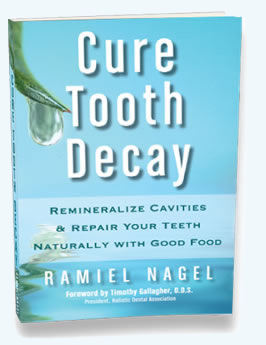


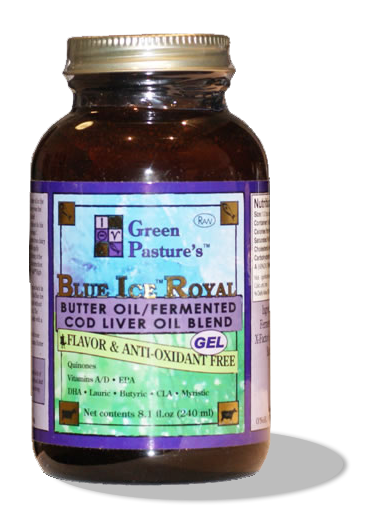
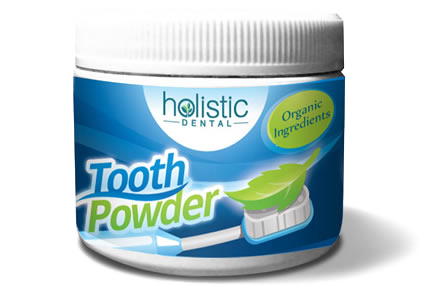
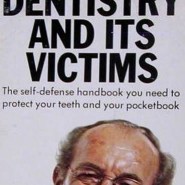 The One Thing that Shocks Dentists
The One Thing that Shocks Dentists Diet Recovery: e-Book Review
Diet Recovery: e-Book Review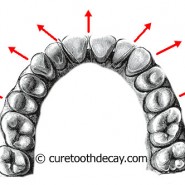 Assembly Line Orthodontics Can Damage Faces
Assembly Line Orthodontics Can Damage Faces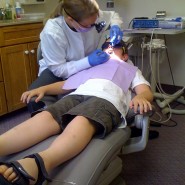 Pediatric Dentistry – Possible Inadequacies
Pediatric Dentistry – Possible Inadequacies Magical Toothpaste Too Good To Be True
Magical Toothpaste Too Good To Be True Fluoride: A Toxic Waste, Part 2
Fluoride: A Toxic Waste, Part 2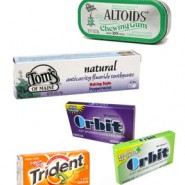 Sugar Alcohols and Tooth Decay
Sugar Alcohols and Tooth Decay Mounting Environmental Mercury Concerns – But What About Our Mouths?
Mounting Environmental Mercury Concerns – But What About Our Mouths?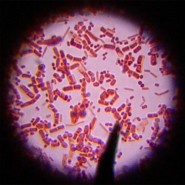 Bacteria Does Not Cause Disease – Raw Milk And Tooth Decay
Bacteria Does Not Cause Disease – Raw Milk And Tooth Decay Type 2 Diabetes Epidemic in Children; Dentistry and Tooth Decay
Type 2 Diabetes Epidemic in Children; Dentistry and Tooth Decay



5:35 pm on November 2, 2011 Permalink
I’m so glad that the internet alowls free info like this!
9:15 am on May 2, 2013 Permalink
Exactly the muscular movement makes the shape of a mouth like this.. Sometimes it depend upon a food what we eat decide the shape of our mouth.